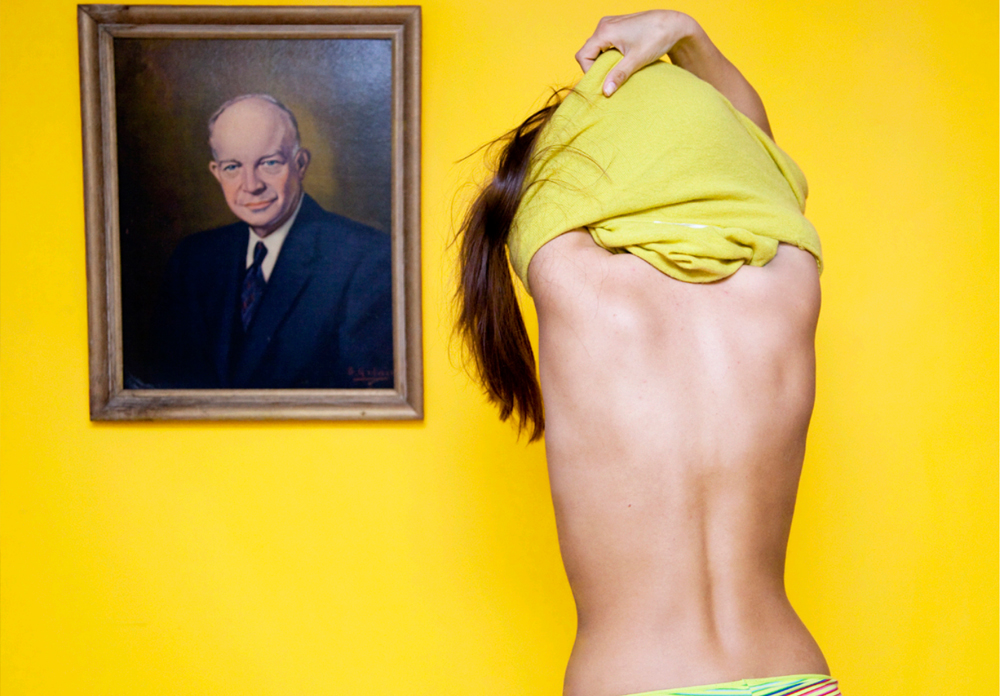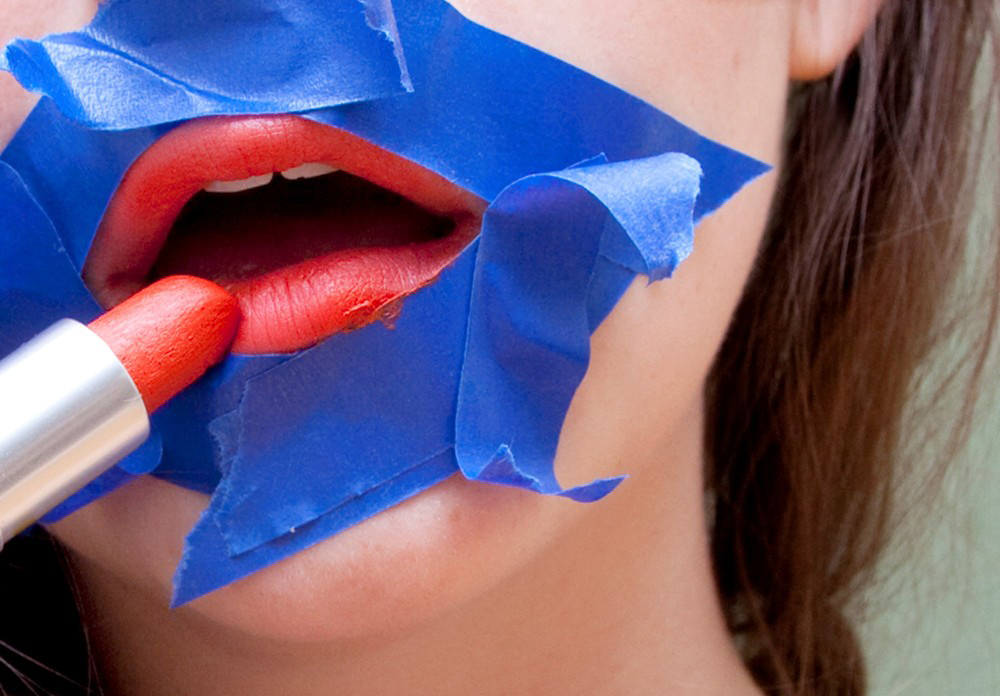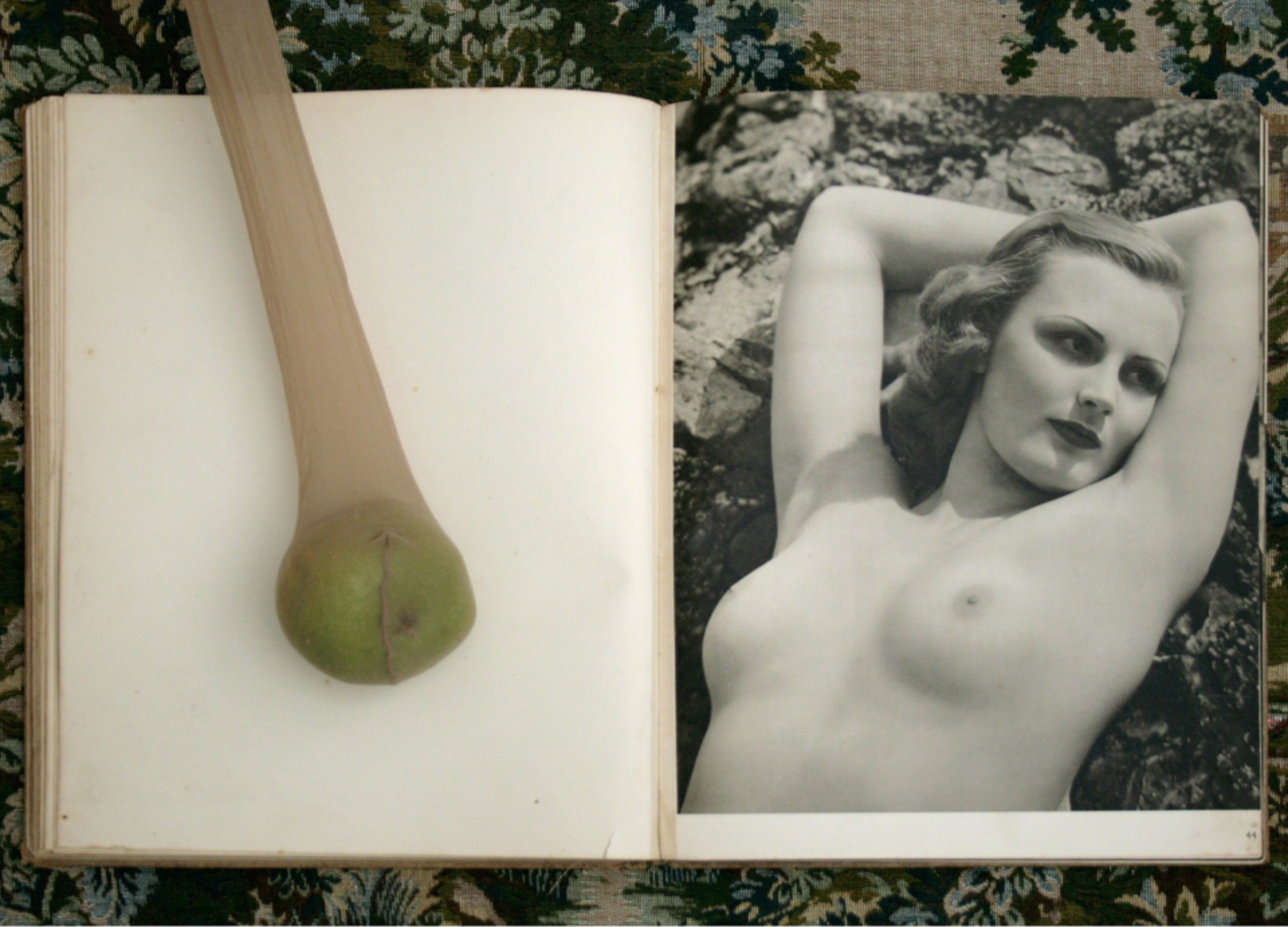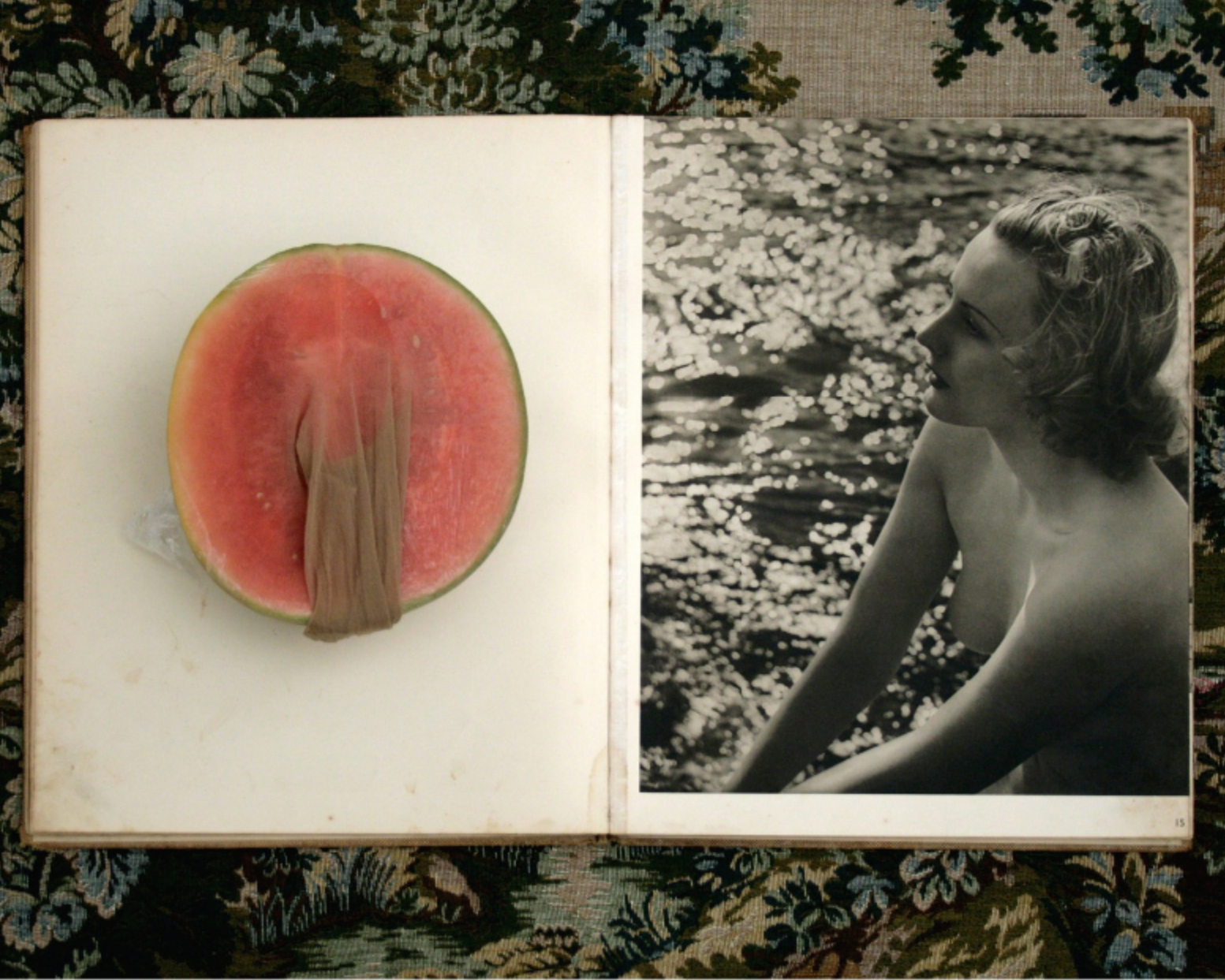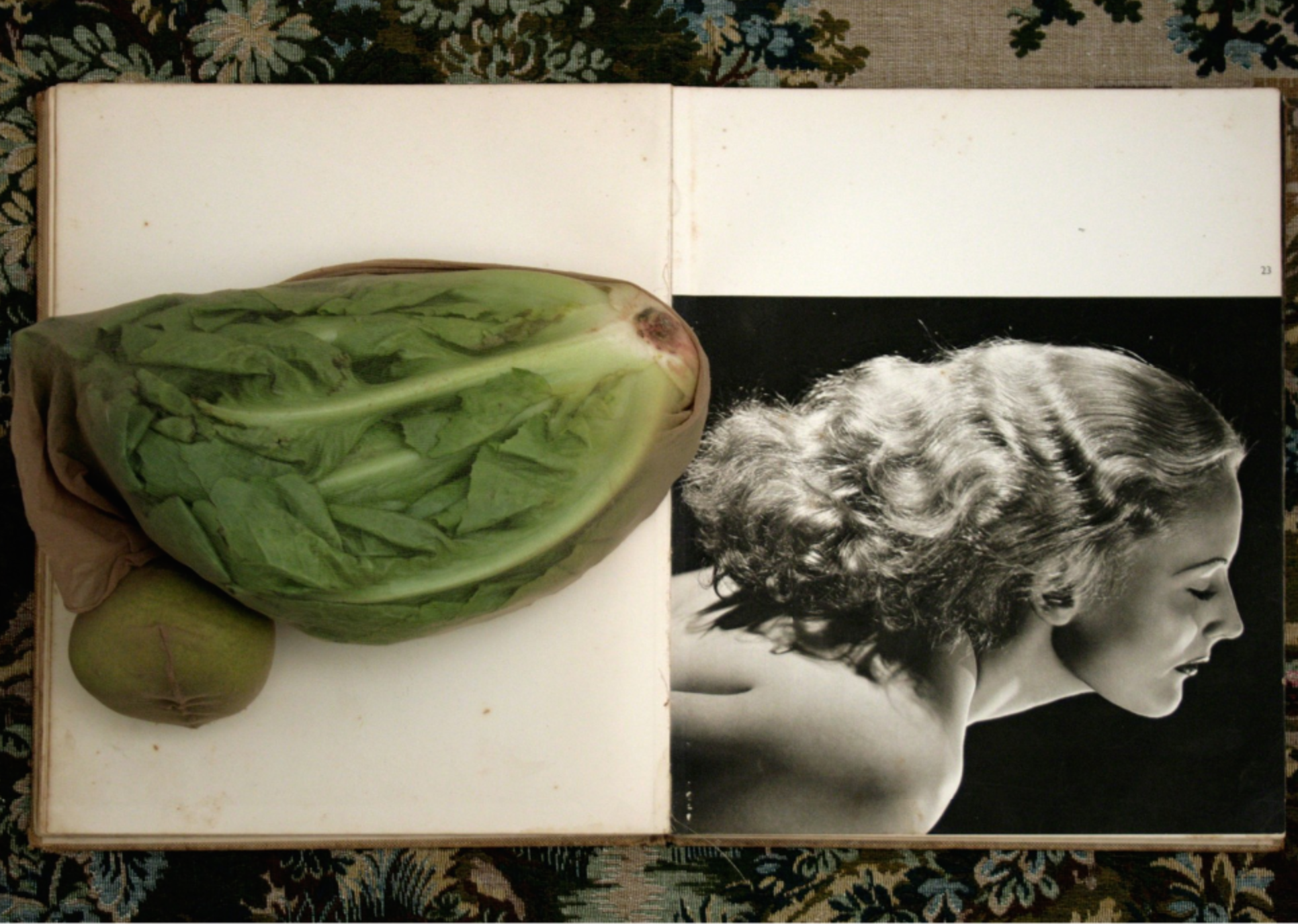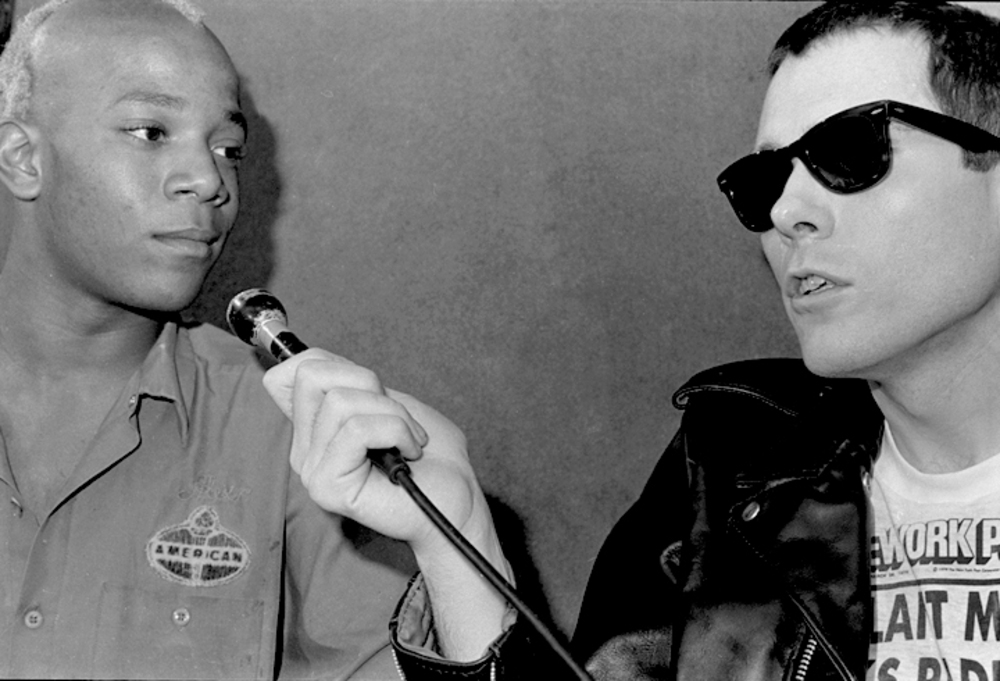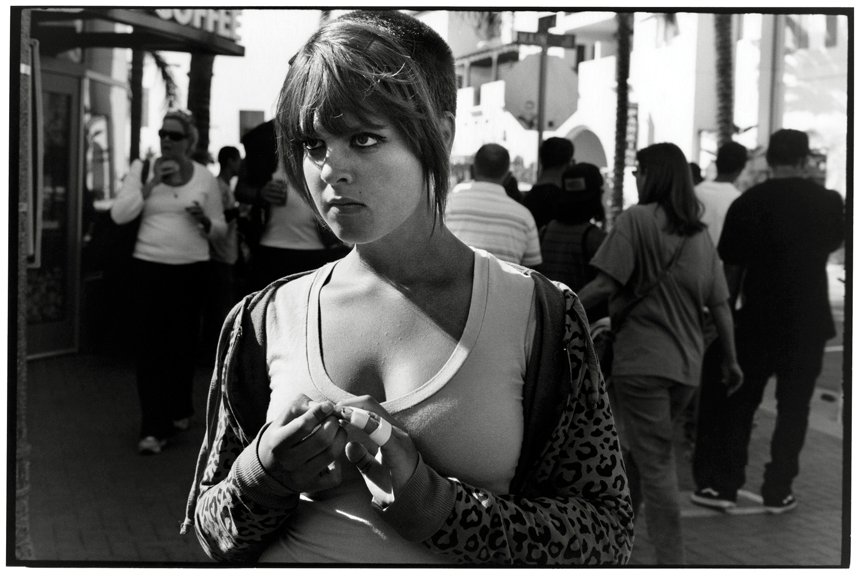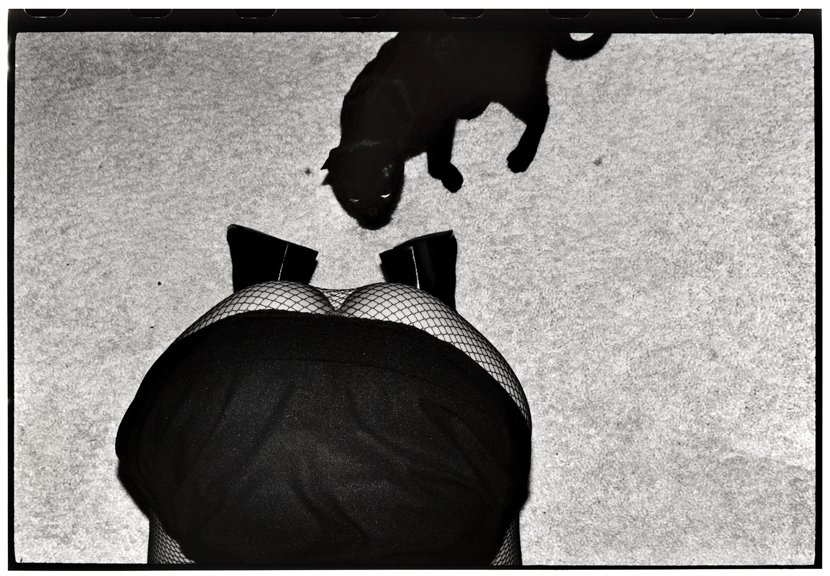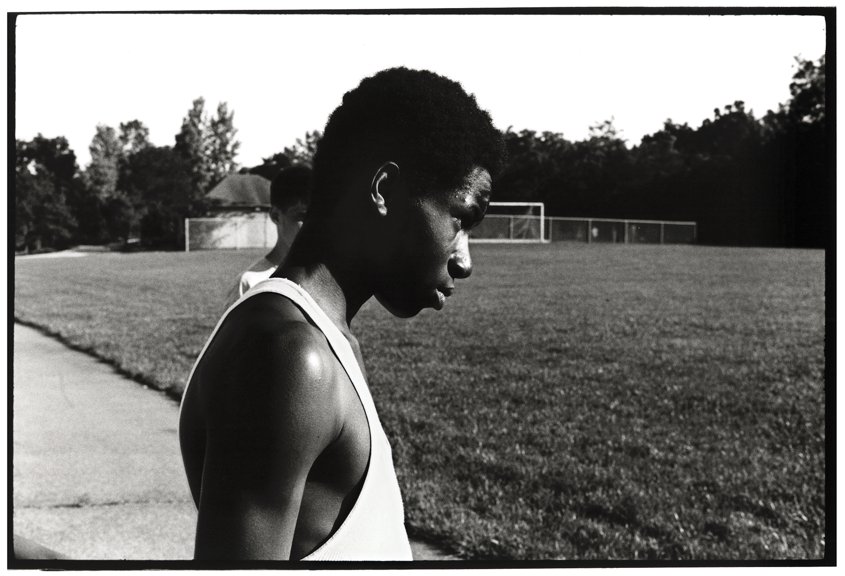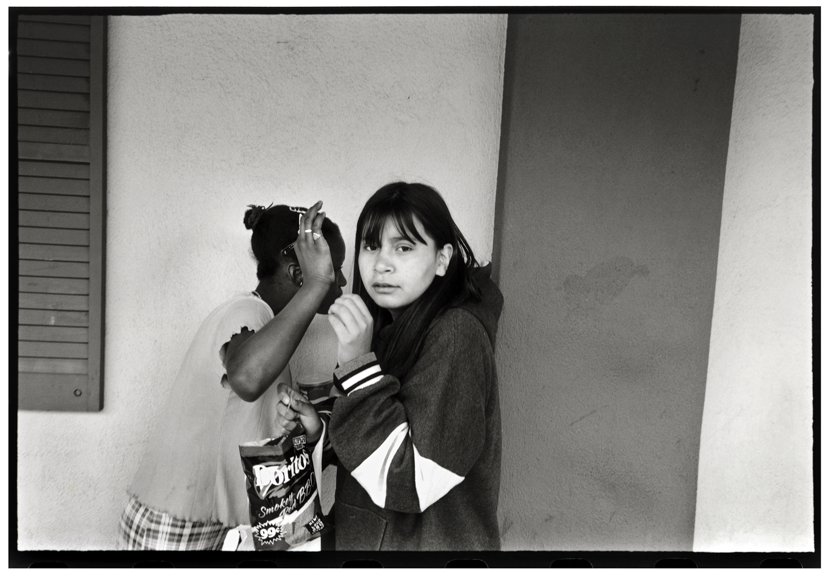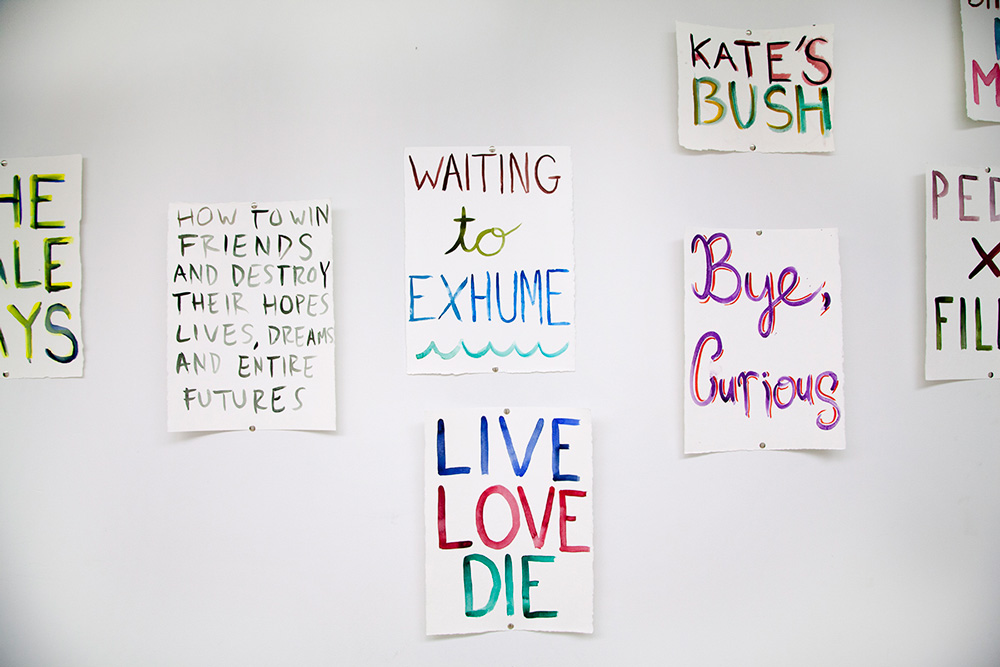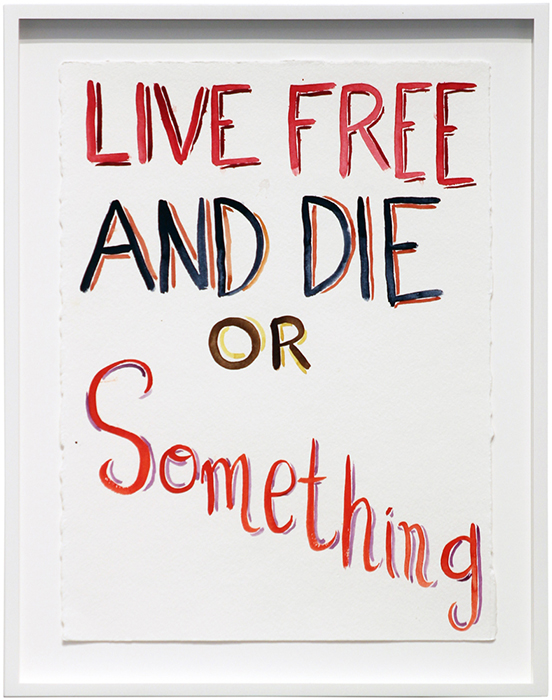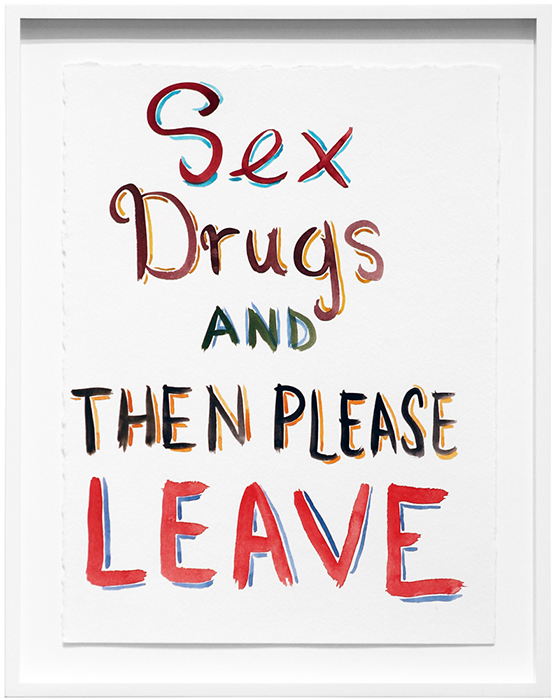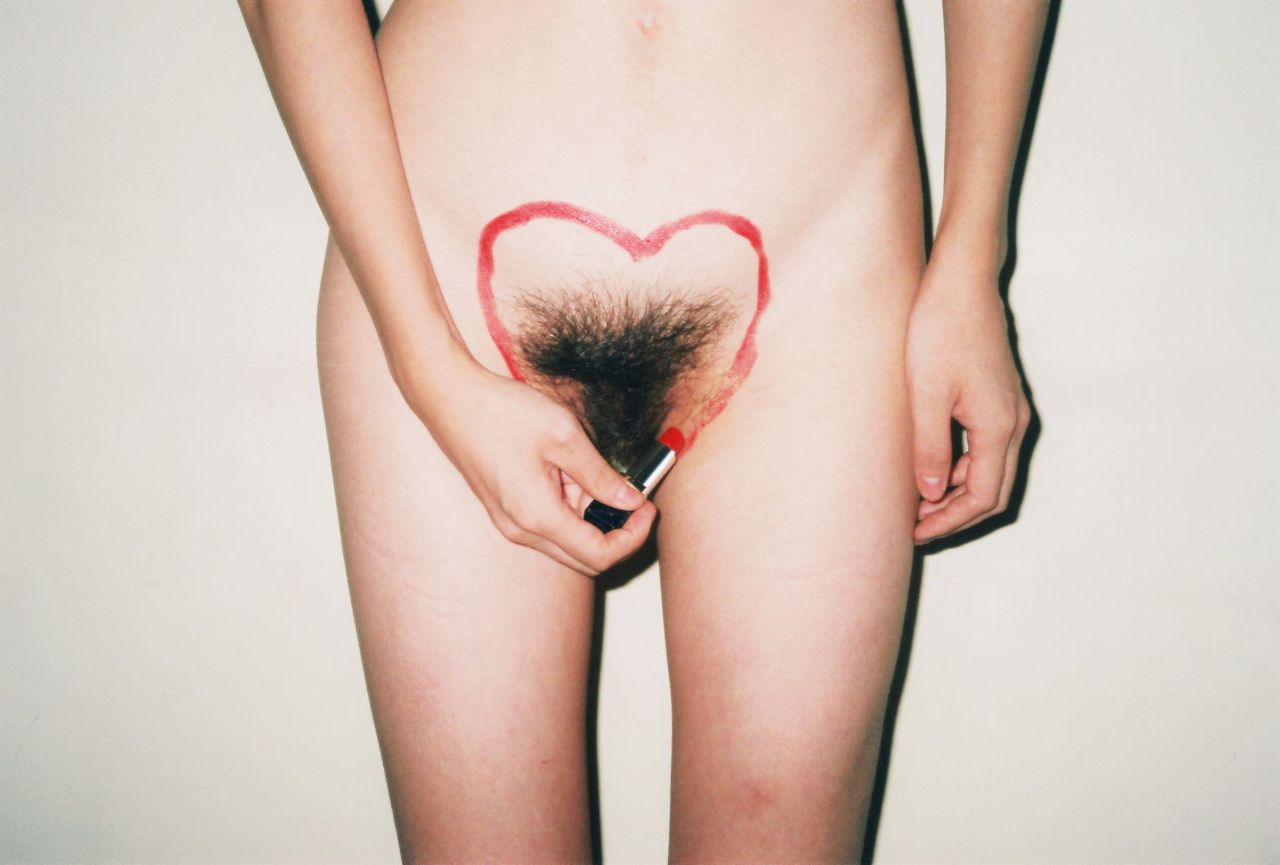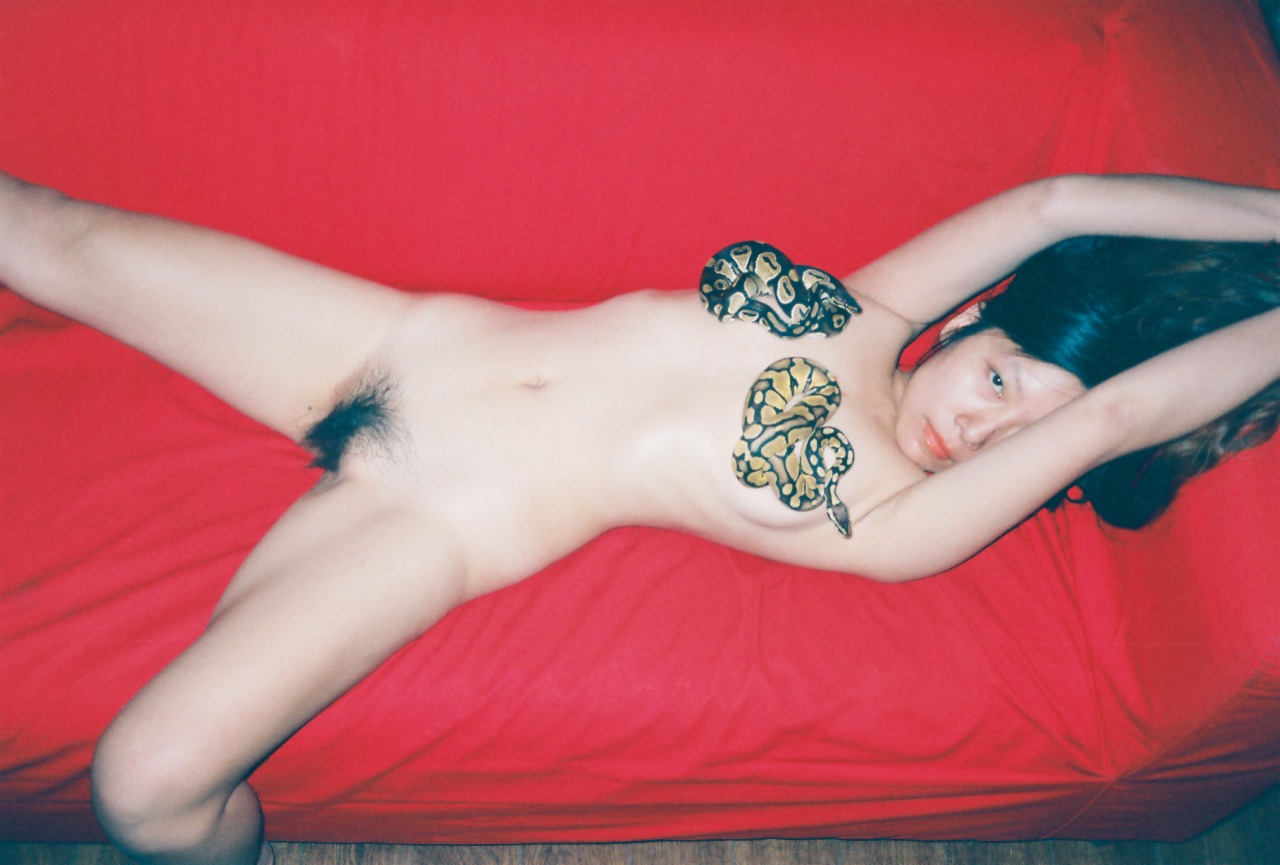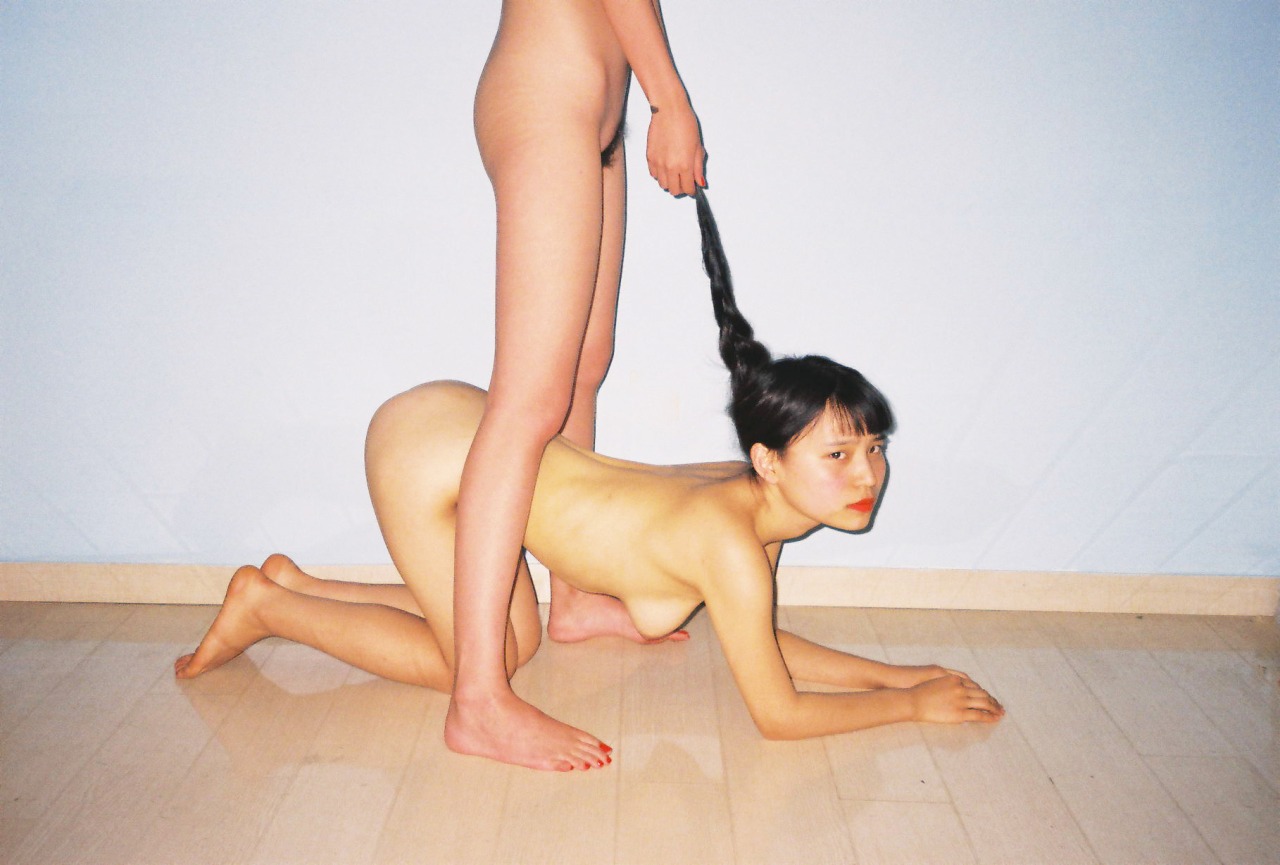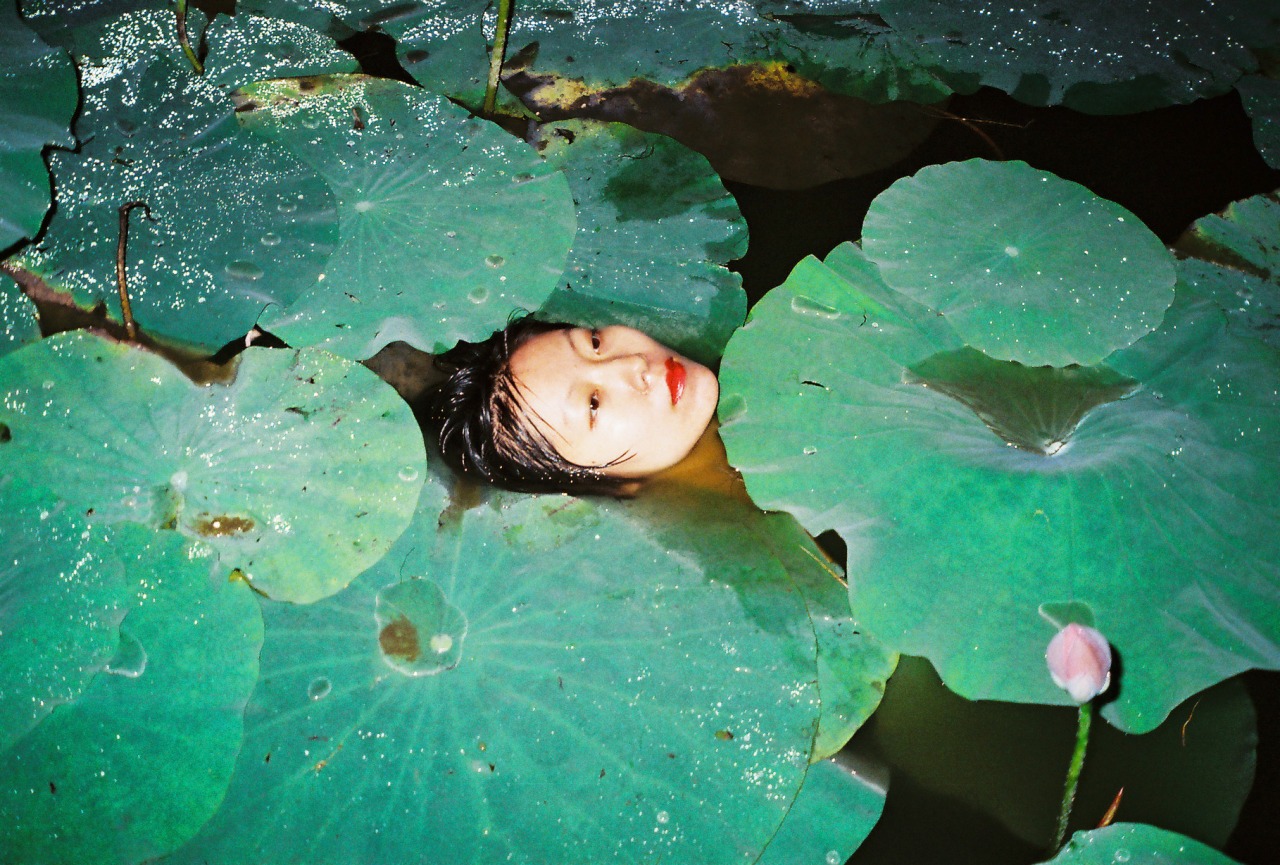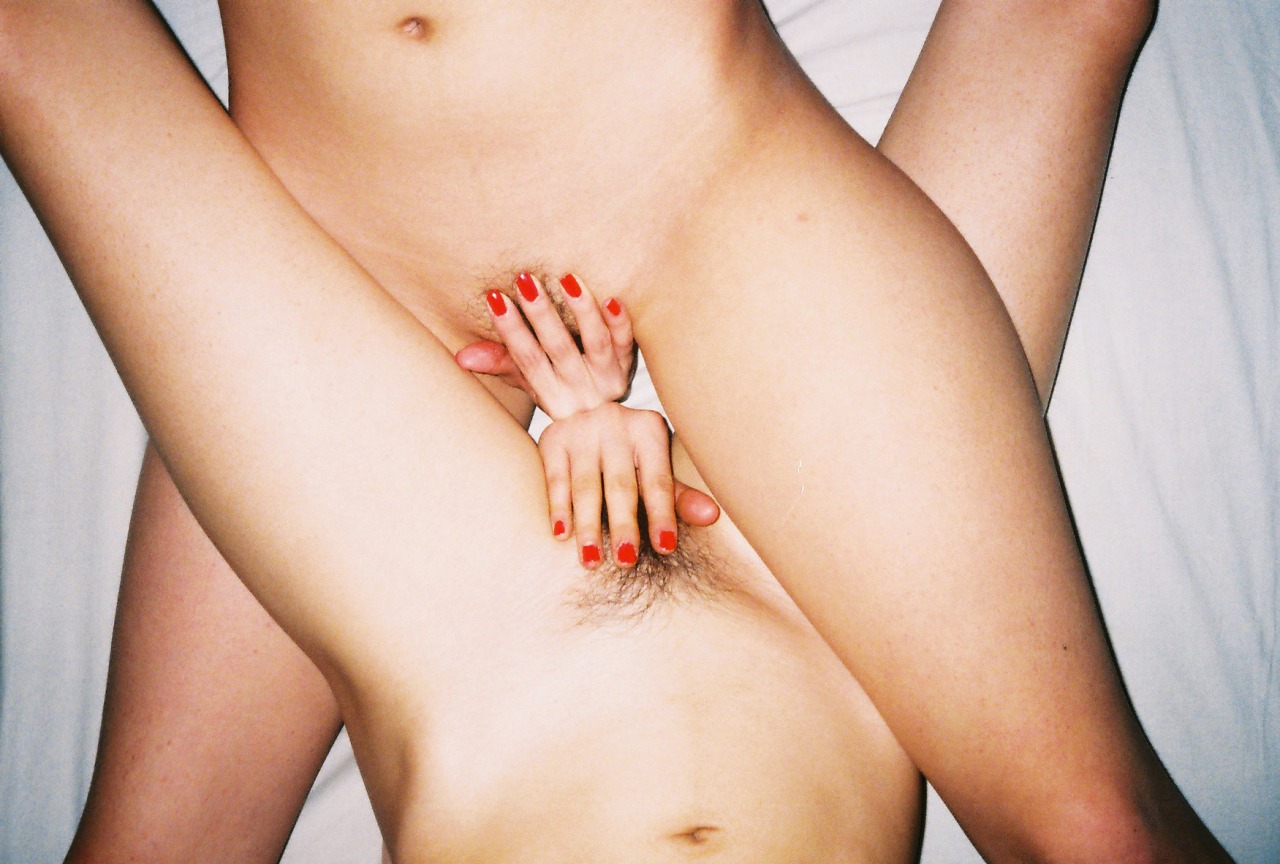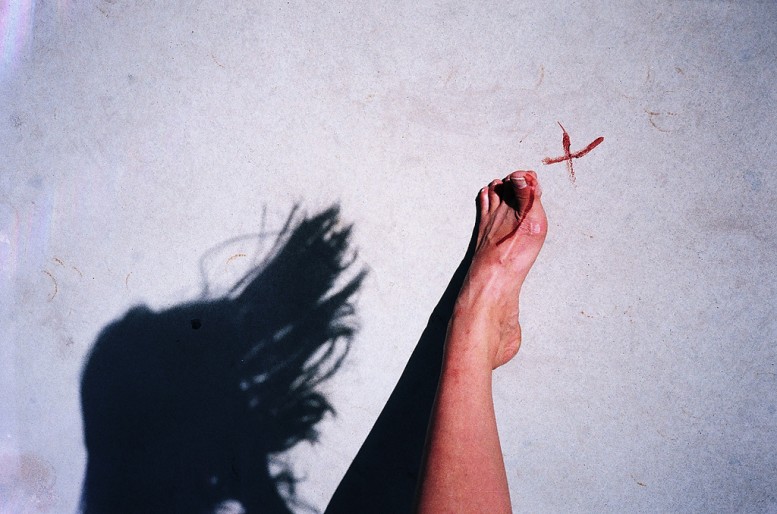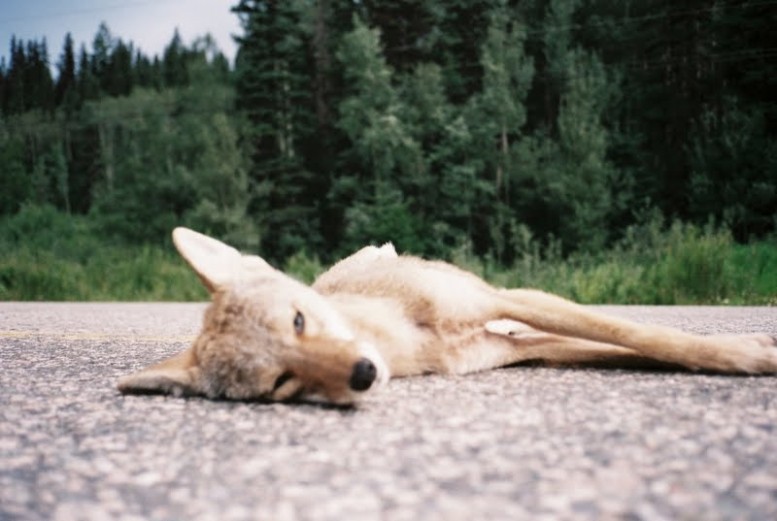Imri Vasale follows in the same familiar tradition of other American folksingers, like Guthrie, Seeger, or even Buckley - Tim Buckley that it is. With his banjo, his songs remind you of the familiar burden of a soul that is blowing in the wind like a white sheet let loose from a clothesline. His Americana spirituals of love and loss will require gentle reflection. It is true, though, that Imri's debut, self titled album, produced by Decadent Wreckords' Ethan DeLorenzo (who Imri met while working on goat farm in Sonoma County), shows considerable promise from an artist that is still in the process of cutting his teeth. We got a chance to catch up with Imri to ask a few questions about his songs and his first album.
When did you first start making music?
The memory has become a little fuzzy. I have always sung to myself, usually when I was alone. My dad would sing me traditional songs from the British Isles, as well as 1960’s folk revival tunes when I was younger, he also played and still does play guitar; I think I might have given it a go literally a handful of times. It was the latter part of High School-maybe 2008-2009, when I started picking up the guitar lightly, learning several chords and a rudimentary strumming style to keep the neighbors awake with. Two of my closest friends and I created a little punkish folk band, where I aimed at playing washboard and then eventually washtub bass and musical saw. I bought the banjo I have now-my first and only-at some time around senior year of high school, shortly after having picked up an accordion. I just let the dust collect on the damn thing, up until a year and a half ago when I realized I should use it. Without a doubt, the banjo has just quickly become my instrument, it’s here to stay.
Who were some musical artists that really inspired you – is there one artist that really blew your mind?
I’m going to put it plainly, two people directly in my lives: my father and my good friend Kalei Yamanoha. I could go off and start listing the musical artists and groups that I listen to now, but I have to mention these people. As I said, my dad sang me tons of folk songs and the like as I was growing up-he has a library of music, a lot of the materials that I’ve come to enjoy are field recordings in the Smithsonian folkways compilations, as well as more ‘contemporary’ portrayals. With my father, I was exposed to the mastery of folks like Doc Watson, Mike Seeger, Dock Boggs, Frank Profitt, Bruce Molsky, and Dirk Powell. Oh, and Adam Hurt is worth noting, prodigal clawhammer work right there. Kalei was one of the guys in my jugband, and he can play anything he picks up. He was the sole reason I bought both an accordion and a banjo, and when I see him play today, I still get ear-loads of inspiration. And fuck, there are few things more special in music than finding motivation in the folks closest to you.
Where did you grow up and how did that environment influence your music?
I was born in San Francisco and raised in the North Bay area. Santa Rosa my whole life. It’s a big town, definitely, but there’s near visually pristine countryside surrounding it on all sides, so I have been given the means to escape the suburban expanses. this is one of the greatest motifs in my music, or that’s what I’m aiming at, the natural world. Or, everything other than humans, as we have clearly learned to ignore everything other than ourselves. I have been blessed to have grown up in proximity to undeveloped land, some of which still has functioning ecosystems. It is even in our language where we try and delineate between ‘human’ and ‘nature’. Any promise to longevity and stability is to no longer ignore our whole selves, this is a massive part of my music.
How would you describe your sound?
Unrefined, but I’m working on that aspect, as well as my timing. But that can be ignored to an extent for now. I’d call it just old-time music with modern chord progressions and tonality, and minimalist. I’m big on the lyrics, I pour everything into those words until there’s nothing left in me sometimes. It’s a good way to exude self-destructive and overall negative thoughts. Yeah, neo-old-time-post-folk [chuckling]. Music is just the sound of organized emotion, and I want to capture that.
You are currently working on an album - can you talk a little bit about your debut album and what we can expect from it?
Initially it was going to be a four or five track demo, but we have ended up recording 10 or more songs, many of which now need to be re-recorded. Now we are stripping it back down to a 4 song demo. I’ve never worked with someone before on anything like this, but even with that said, Ethan [DeLorenzo] has been the most patient and encouraging person I could ever have come across. We’ve slowly been recording everything that I spat out in the last 2 years, but having not done that before, now I can listen back on my progression and refine my emotions and the way I share them.
You met Ethan - who produced your record - on a goat farm in Sonoma, can you describe that meeting?
No, well I was working on a particular farm while he came on up with my sister from LA. She became his housemate the year before and had shared some goofy garageband recordings of my banjo with him, and I guess he liked them. We met at my parents’ house, and he told me he’d be interested in recording. Nonchalant and homely. That’s the best meetings can get.
What's next?
I want to keep playing music, practice more, write more material, keep sharing it with folks. My one great ‘ambition’ with music would be to have some folks cry with joy or pain and then remember that song, and with that memory fuel actual positive change in their lives. Even if it’s one other person, even if it just ends up being me, I don’t care too much any more about what’s next because I do have faith that nothing goes as planned.
You can purchase Imri's self titled album here. You can also stream the album on Spotify. text and interview by Oliver Maxwell Kupper









